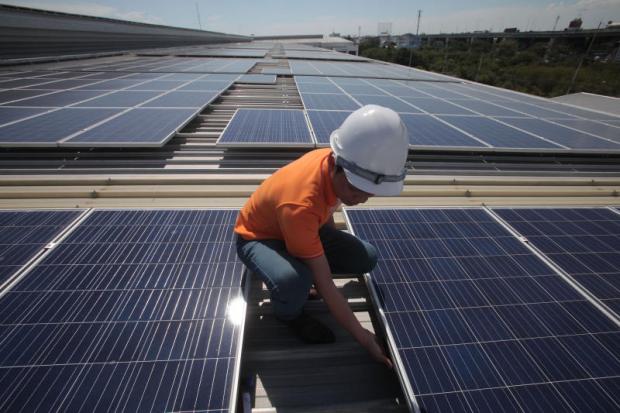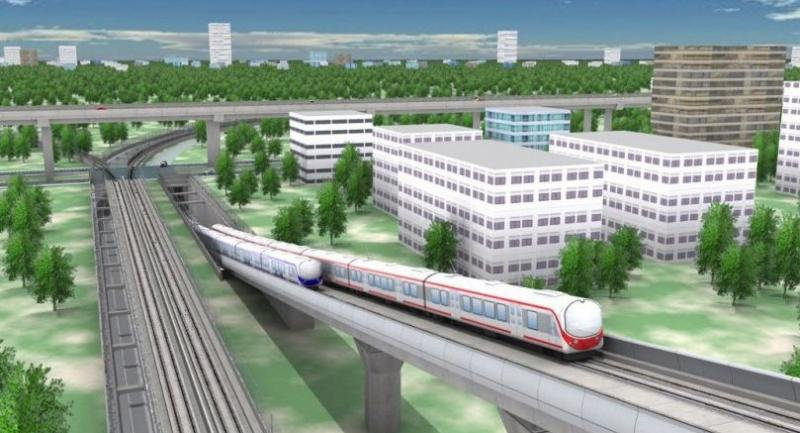
Thailand’s Hi-speed rail project set for more talks
Thai, Chinese leaders hope for breakthrough at crunch meeting
04 November 2019
Although the 35th Asean Summit will end on Monday, Chinese Prime Minister Li Keqiang will meet Prime Minister Prayut Chan-o-cha in a bilateral talk on Tuesday in yet another attempt to clear hurdles standing in the way of Thailand’s first high-speed railway linking Bangkok and Nakhon Ratchasima.
Beijing views the 253-kilometre rail route as part of its Belt and Road Initiative, a network of transport infrastructure spanning 80 countries, while Bangkok wants to include the high-speed train system in its plan to make Thailand a hub of transport in South East Asia.
Tuesday’s meeting is expected to pave the way for both countries to achieve their objectives.
Transport Minster Saksayam Chidchob is optimistic about the negotiations especially on what he called “Contract 2.3” which has made a slow progress for about a year as authorities cannot agree on cost and warranty issues.
Inside Contract 2.3
This deal covers the cost of purchasing tracks, an electricity system, machinery, procurement of train carriages and training.
So far officials on the two sides have yet to see common ground on prices or a warranty period.
Beijing only tagged the costs under this contract in the “lump sum of big numbers” without clearly giving the price details for each piece of equipment and facility, permanent secretary for transport Chaiwat Thongkamkoon said.
However, the Thai government wants to check and compare the prices offered by Chinese authorities with those in the market, he said.
A lack of price details also puts the contract at risk of violating Thai procurement law which requires constructors to clarify construction costs for the sake of transparency, Mr Chaiwat said.
The warranty issue is also giving negotiators a headache.
While the Chinese government suggests only a one-year warranty for the high-speed trains, Thailand wants its counterpart to increase the period for at least two years, Mr Chaiwat said.
There is not only a need for an international warranty standard, but the government also wants to make sure its purchase of technology comes with the appropriate after-sale services.
These are all money issues, Mr Saksayam said, adding Thailand is also asked to make the payment in dollars, following China’s concern over exchange rate fluctuations.
“But we’ve already explained how the baht currency will benefit both countries,” he said.
Also, the minister added, because the government plans to seek loans from domestic sources and China, an appropriate interest rate will be inevitably brought to the negotiating table.
The Export-Import Bank of China has offered a 3% rate while Thailand is trying to ask the bank to reduce it to 2.5%, he said.
A Transport Ministry source said Thai negotiators are required to handle the financial issues carefully as the total project value under Contract 2.3 has increased from 38 to 50 billion baht, mainly pushed by a change of train type to more modern 250kph-model Fuxing Hao trains.
Ongoing construction
Despite some disagreements with the 230-billion baht Sino-Thai project, Mr Saksayam insisted the new Bangkok-Nakhon Ratchasima railway must open in the next four years.
The construction of its two sections in Nakhon Ratchasima — the 3.5km Klang Dong-Pang Asok section and 11km Si Khiu-Kut Chick– has started and is making a steady progress.
The rest is expected to be built as early as next year, following a bidding process, according to the Transport Ministry.
Officials believe the construction should go smoothly though they need to wait for a final design of the Bang Sue-Don Muang section in Bangkok as it overlaps with a route of another high-speed project linking three airports — Don Mueang, Suvarnabhumi and U-Tapao.
Once completed, these sections will link the capital and Nakhon Ratchasima, dubbed the Gate to the Northeast, with six stations along the line starting from Bang Sue central station to Don Muang, Ayutthaya, Saraburi, Pak Chong and Nakhon Ratchasima.
Big picture
The Bangkok-Nakhon Ratchasima line is only part of a larger project to build the high-speed train system to Nong Khai next to Laos, which will eventually make the route a crucial piece of the jigsaw in the Chinese Belt and Road Initiative in South East Asia.
The cabinet has allocated an 800-million-baht budget to conduct a 12-month study of the Nakhon Ratchasima-Nong Khai section, estimated to cost over 200 billion baht, says the ministry. Officials expect this second phase of the high-speed train network should be open in less than two years after the trips between Bangkok and Nakhon Ratchasima are already in service.
The Chinese government has paid heed to the rail sections in Thailand as they are part of an ambitious project to link together southern China, Laos, Thailand, Malaysia and Singapore under its Kunming-Singapore strategic route. Once trains from Southeast Asia reach Kunming and travel further to its capital, Beijing, authorities can complete transnational routes connecting Chi na with Russia and European countries.
“Trains will be more popular in the future partly because we’re now in ageing society,” acting State Railway of Thailand governor Worawut Mala said. He believes seniors prefer this transport mode due to its comfort. Also, he added, people who enjoy watching scenery along the route will certainly make train travel as their first choice.
Source: https://www.bangkokpost.com/business/1786544/hi-speed-rail-project-set-for-more-talks



